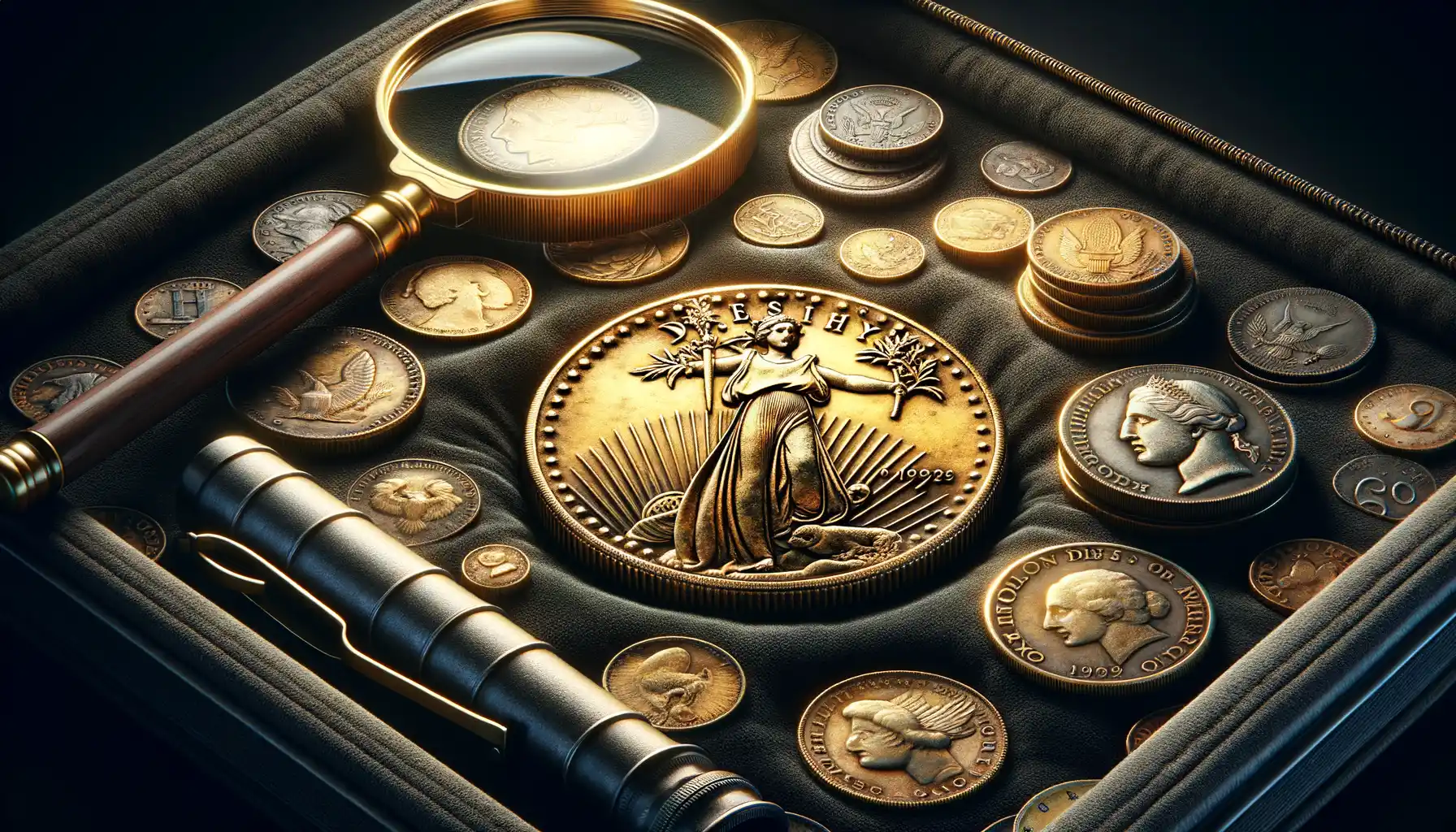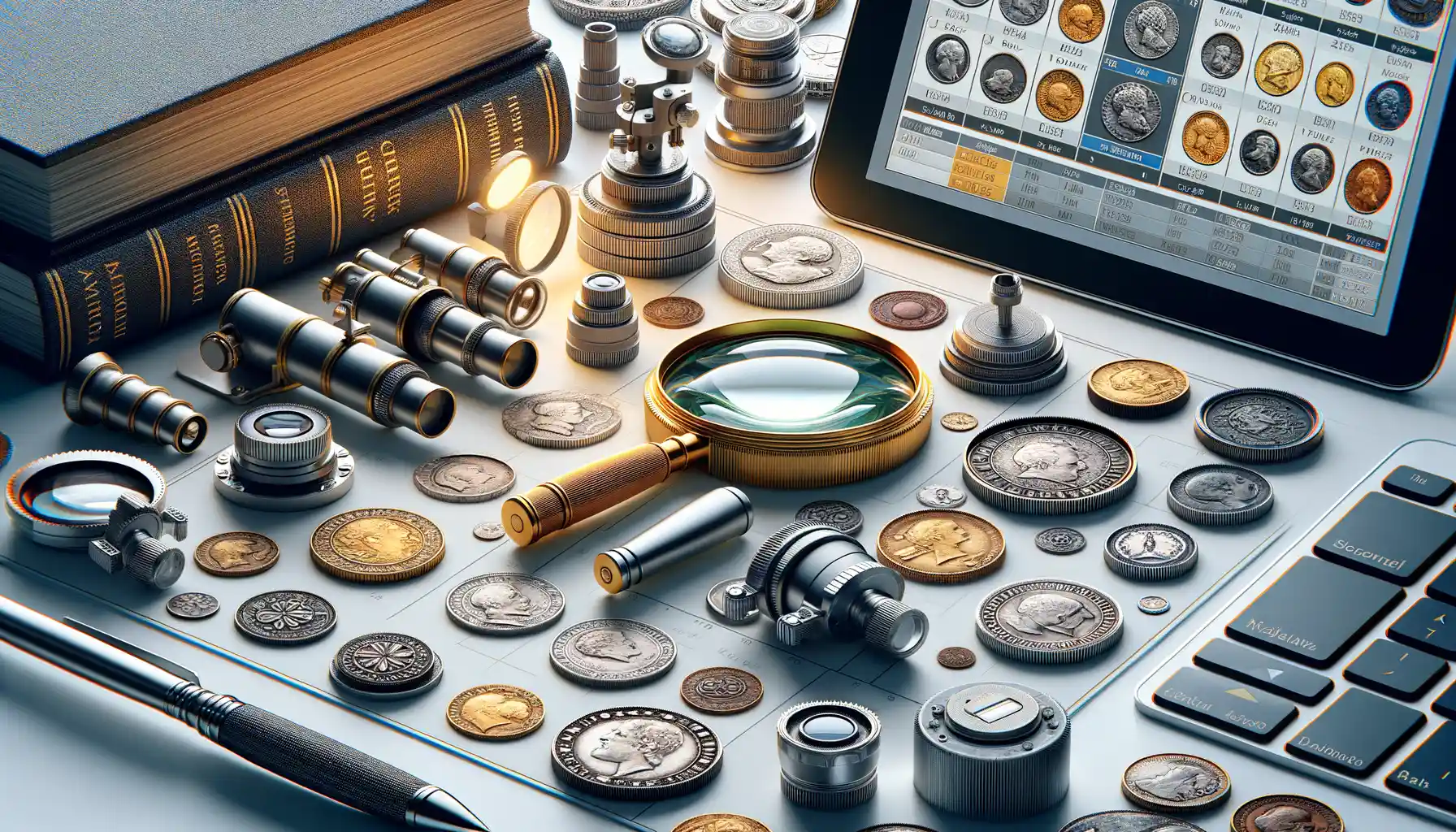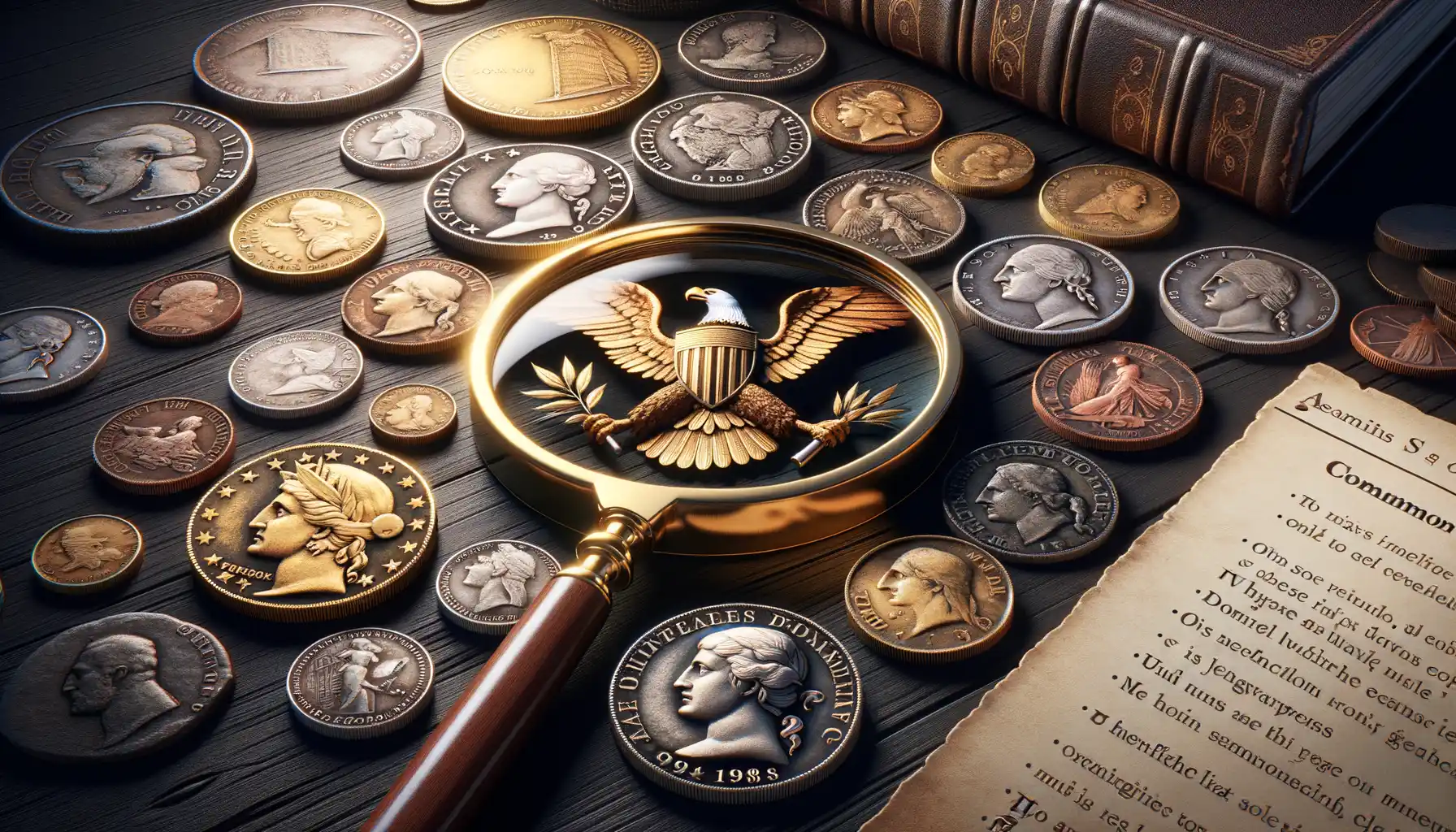Understanding the Basics of Coin Collecting
Why Coin Collecting Feels Like Time Travel
Imagine holding a piece of history right in the palm of your hand. That’s what coin collecting is all about—connecting with stories etched in metal, each coin whispering tales of economies long gone, rulers who shaped empires, and ordinary lives of people centuries ago. Collecting coins isn’t just about value; it’s about curiosity and discovery.
Beginners often start with what fascinates them most: perhaps shiny silver dollars, weathered Roman denarii, or quirky tokens from small-town fairs. But no matter where you start, one thing’s certain—you’ll soon uncover a vibrant tapestry of history that textbooks can’t quite capture. And here’s the beauty: *every* coin, whether it’s nestled in an old shoe box or mounted with care on velvet, has its own story to tell.
The “Golden Rules” for Beginner Coin Enthusiasts
Starting your collection doesn’t have to feel overwhelming. Follow these tried-and-true tips to stay on track:
- Handle with care: Always hold coins by their edges to avoid smudging or scratching the surface.
- Do your homework: Learn about mint marks, dates, and grading systems—it can turn an average coin into a jackpot find.
- Store them properly: Use protective flips or albums to keep moisture and dirt at bay.
And here’s the best rule of all—have fun. Your collection should reflect your personality, quirks, and passions. Let it grow organically. Much like a garden, every addition breathes new life into your legacy.
Key Features That Make a Coin Rare

What Truly Sets a Coin Apart?
Not all coins are created equal, and the journey to identifying rare ones is like deciphering a treasure map. Each detail on a coin whispers a story, and some of those whispers are louder than others.
The first thing to check? Its mintage. Coins with low production numbers might as well be unicorns in the collecting world—stunningly elusive and equally magical. Imagine stumbling upon a coin that only had a few hundred siblings minted. That rarity alone makes it priceless!
Then there’s the condition. Is the coin well-circulated, or does it gleam as though it just stepped out of a time machine? Gem-quality coins in pristine conditions are often coveted above all else. Scratches, dents, and wear marks can make a huge difference in its desirability.
Keep an eye out for quirky anomalies too! Rare errors—like a double strike, an off-center image, or misspelled words—are pure gold (metaphorically speaking). These mistakes turn an everyday coin into a collector’s dream.
- Key dates from limited mint runs
- Unique designs or commemorative editions
- Mysterious minting defects
The Power of Provenance
Sometimes, a coin’s backstory is its crown jewel. Coins linked to historic events or famous figures carry a mystique you can’t manufacture. A Civil War-era dime or a coin once owned by a royal family? That’s the stuff of legend. Even coins found in ancient shipwrecks can surface in collections and leave us breathless.
So, think of each rare feature as a clue—a chance to connect with history, artistry, and that thrilling “what if” moment every collector craves.
Tools and Resources for Identifying Rare Coins

Must-Have Tools for Every Coin Enthusiast
Picture this: you’ve stumbled upon a dusty old box of coins in the attic, and your heart skips a beat wondering if there’s a treasure hiding in plain sight. To dig into the mysteries of those coins, you’ll need a few trusty tools at your side. Think of these as your coin detective kit!
- Magnifying glass or jeweler’s loupe: The devil is in the details—and so is the value of a rare coin. These tools help you scrutinize every intricate mark, date, and mint symbol.
- Scale: Authenticating coins often depends on precision. A digital scale ensures you can weigh pieces down to the decimal gram.
- Calipers: Measure the diameter and thickness of your coins to compare against official specifications.
Online Resources You Should Bookmark Right Now
The Internet is a goldmine for coin lovers, offering databases and communities where knowledge flows freely. Start with trusted online resources like the PCGS CoinFacts database or the Numista catalog. Not sure about your coin’s history? Join forums like Coin Talk, where seasoned collectors share insights. Bonus tip: some apps, like NGC’s Coin Explorer, let you identify coins with just a photo!
With these tools and resources, you’re well-equipped to turn your intrigue into expertise!
Tips for Evaluating Coin Value and Authenticity

Spotting the Telltale Signs of Authenticity
Picture this: you’ve just stumbled upon an old coin shimmering in your collection, and your heart skips a beat. Could it be rare? Before you dive into its value, let’s play detective. Start by examining the coin’s weight, design, and edges—these are often the first clues of authenticity. A genuine coin will have consistent details, while fakes might feel “off.” Check for unusual marks or scratches hiding on the surface; sometimes, counterfeiters leave their fingerprints there—figuratively speaking, of course.
And don’t forget to use a magnet! Many fakes are made of cheap, magnetic metals. If your potentially valuable coin clings to one, it’s sending a clear signal: something’s fishy.
Determining a Coin’s True Worth
Once you’re confident it’s real, it’s time to evaluate its worth. Keep your eyes peeled for these critical factors:
- Condition: A coin in pristine shape can fetch jaw-dropping prices!
- Rarity: Lower mintage often means higher value.
- Historical significance: Coins from pivotal eras tend to sparkle in collectors’ eyes.
Now, don’t rely solely on your instincts here. Leverage tools like coin price guides or consult with trusted numismatics experts to confirm what your gut is hinting at. Trust me, it’s worth the effort.
Common Mistakes to Avoid When Identifying Rare Coins

Overlooking the Tiniest Details
Sometimes, it’s the smallest blemish—or lack thereof—that speaks volumes about a coin’s rarity. A common mistake? Ignoring subtle imperfections or over-polishing a coin in an attempt to make it gleam like treasure. Big mistake! Those tiny scratches, mint marks, or odd edges are often *exactly* what makes a coin rare. One collector’s shiny “gem” might be another’s washed-out story erased forever.
Likewise, don’t underestimate the value of a coin’s **patina**. That soft, aged glow isn’t just dirt—it’s history. Scrubbing it off? Like wiping away decades of character from your grandma’s wedding ring. Embrace the imperfections—they could be worth a fortune.
Mistaking Replicas for Real Finds
Ah, the trap so many new collectors fall into—getting dazzled by replicas masquerading as the real deal. It’s heartbreaking to realize your “rare” coin is actually a mass-produced imitation. Here’s how to avoid this pitfall:
- Learn to spot inconsistent fonts and numbers on your coin. They can scream “modern reproduction.”
- Research! If a coin seems too good (or too cheap) to be true, trust your gut—it probably is.
- Invest in a trustworthy magnifying glass or loupe. You want eagle eyes when inspecting fine details!
Remember, not all that glitters in your collection box is gold… sometimes it’s just wishful thinking.